When The Past Was Around Review (Xbox One) – Love Is Fleeting
When The Past Was Around makes the jump from PC to consoles just a few months after it was first released. Coming from Toge Productions (Coffee Talk) and developers Mojiken, this is an artistic point and click tale that spins a yarn of love and of dealing with loss. Sporting an evocative pencil-drawing style, and a memorable soundtrack, it’s lovely, but pretty fleeting.
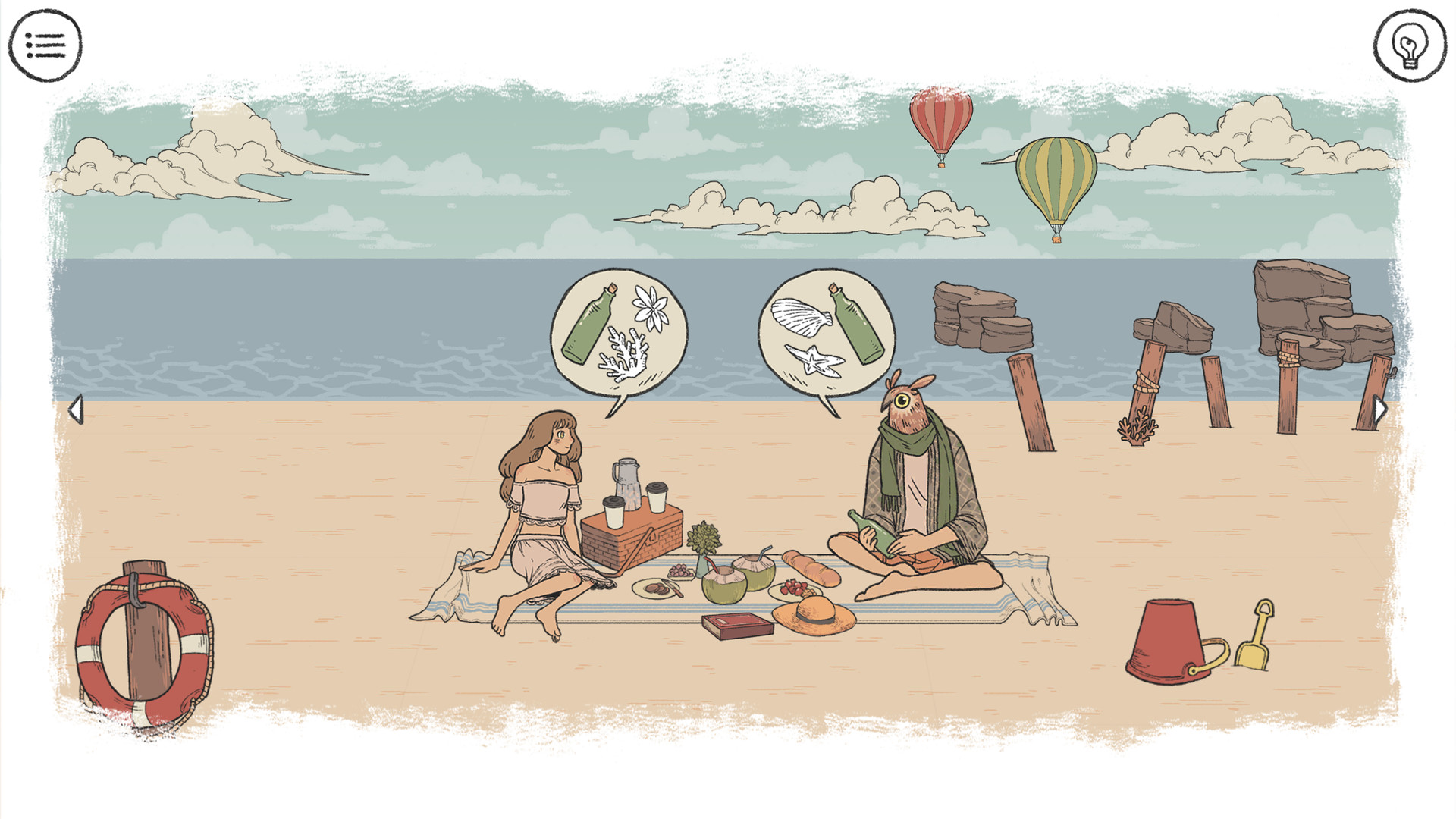
When The Past Was Around is a romance about grief, structured as a series of vignette memories. Eda and Owl shared a life together in the past, a life that now exists only in Eda’s memories. It’s no real spoiler to tell you that the prologue ends with a funeral for Owl. Eda is clearly distraught losing her companion, and as she starts to piece her life back together, she also begins to hear the melody that Owl used to play on his violin. She sees a shadowy figure, the space her companion used to fill in her life, and each time, is whisked away to relive another memory of their time together.
You are quickly drawn into their whirlwind romance, and then the rapid decline in Owl’s health across five chapters (it includes the prologue that was released as a free demo on PC). It deals with loss and grief, punctuated with romance and happier times. I won’t spoil the end, but the final moments will play your heartstrings, as if they were the strings on a violin. When the Past was Around’s story finds that interesting space in videogames that is rarely explored – grief and death, but dealt with through love and understanding. Only the recent Spiritfarer really tackled this before now, so its nice to see more games tackle difficult subjects.

When The Past Was Around is a point and click game at heart even if it has a more poignant tale to tell than most. Each 2D screen is a puzzle, a room that you can shift left or right, and allows you to interact with most of the items in that room. Most involve a series of locks, puzzles, and clues to find, each leading to the next and to the next, until you can solve the whole area. Often that means finding a feather, which will unlock the next memory, or the items needed to complete the memory itself. I thought of them far more like escape rooms than your average point and click. Usually you are on a quest or adventure, and you move through screens with that different kind of drive. Here, with the magical doors between memories and the present, things felt more disconnected than that, hence the feeling of escape rooms.
You can interact with items of note, smash a few things if you feel like it, or tidy up. You can pick up items in most rooms, that may need to be used on other objects. Keys, or parts of reliefs, knives to cut tape or cord, or a combination of items to create the right tea or mechanism.
You can helpfully click Y to highlight all the available interactive objects on that screen. Something I always used to struggle with on older point-and-clicks is when you really don’t know if you’ve interacted with everything. How are you supposed to solve a puzzle if you haven’t even found all the pieces? This isn’t the first recent point and click to employ this device, and I like it. A welcome evolution of the genre.
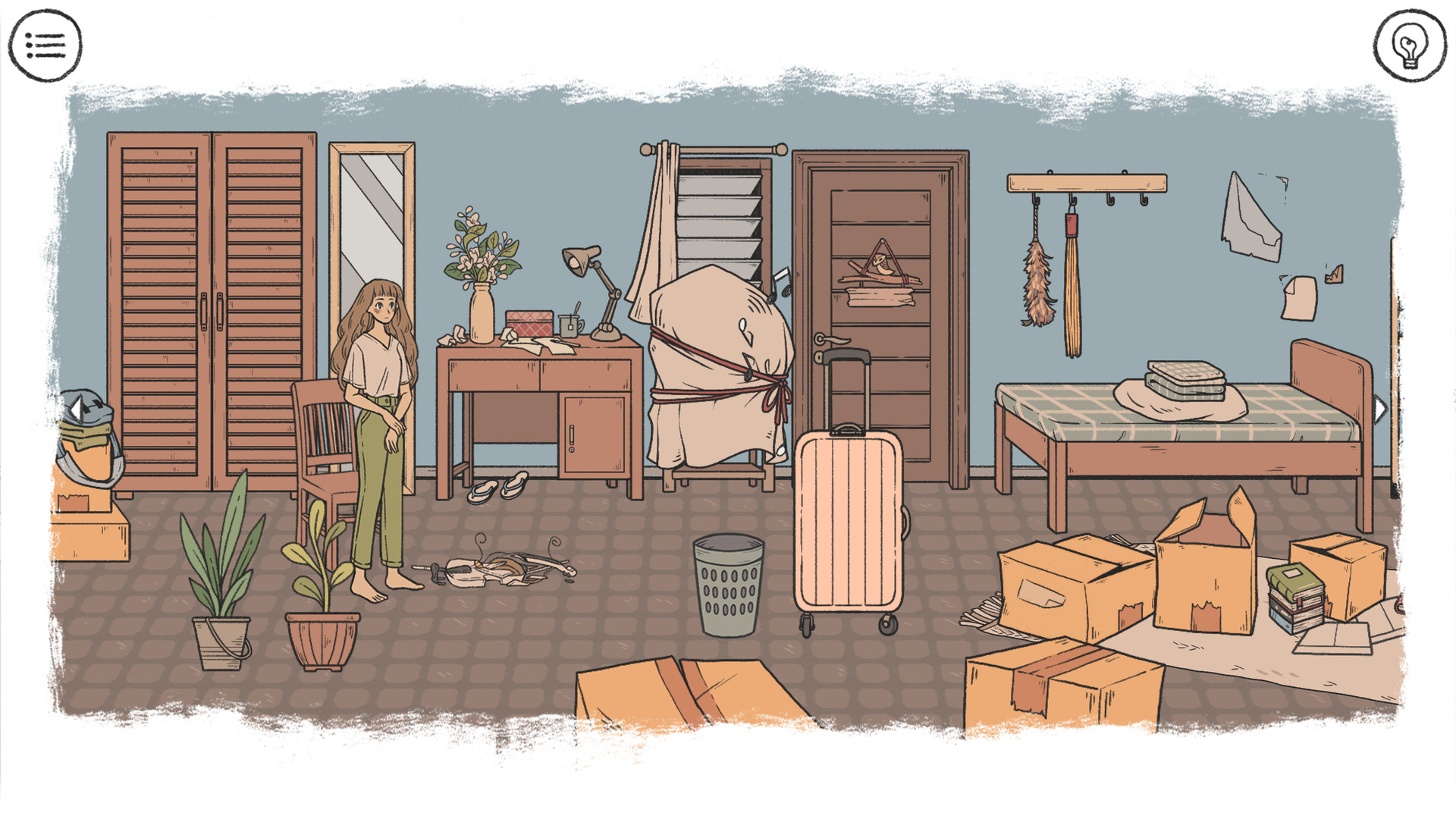
Everything in When The Past Was Around is very musical, from every click having a note or a tone attached to it, to the puzzles themselves often being musical in nature. The story is musical with Owl being a violinist and Eda having lost her passion for playing when they passed away. The refrain of the melody Owl was writing is what leads Eda through the story, and you are often tasked with playing the notes on screen, or finding the correct sequence of musical notes to play on an instrument.
This unity of purpose between story, gameplay and soundtrack was really lovely, and that clever musical motif goes through the whole thing, uniting the whole game in one package. What begins as a tiny melody grows and grows with each chapter, until it becomes a full-blown song by the end.
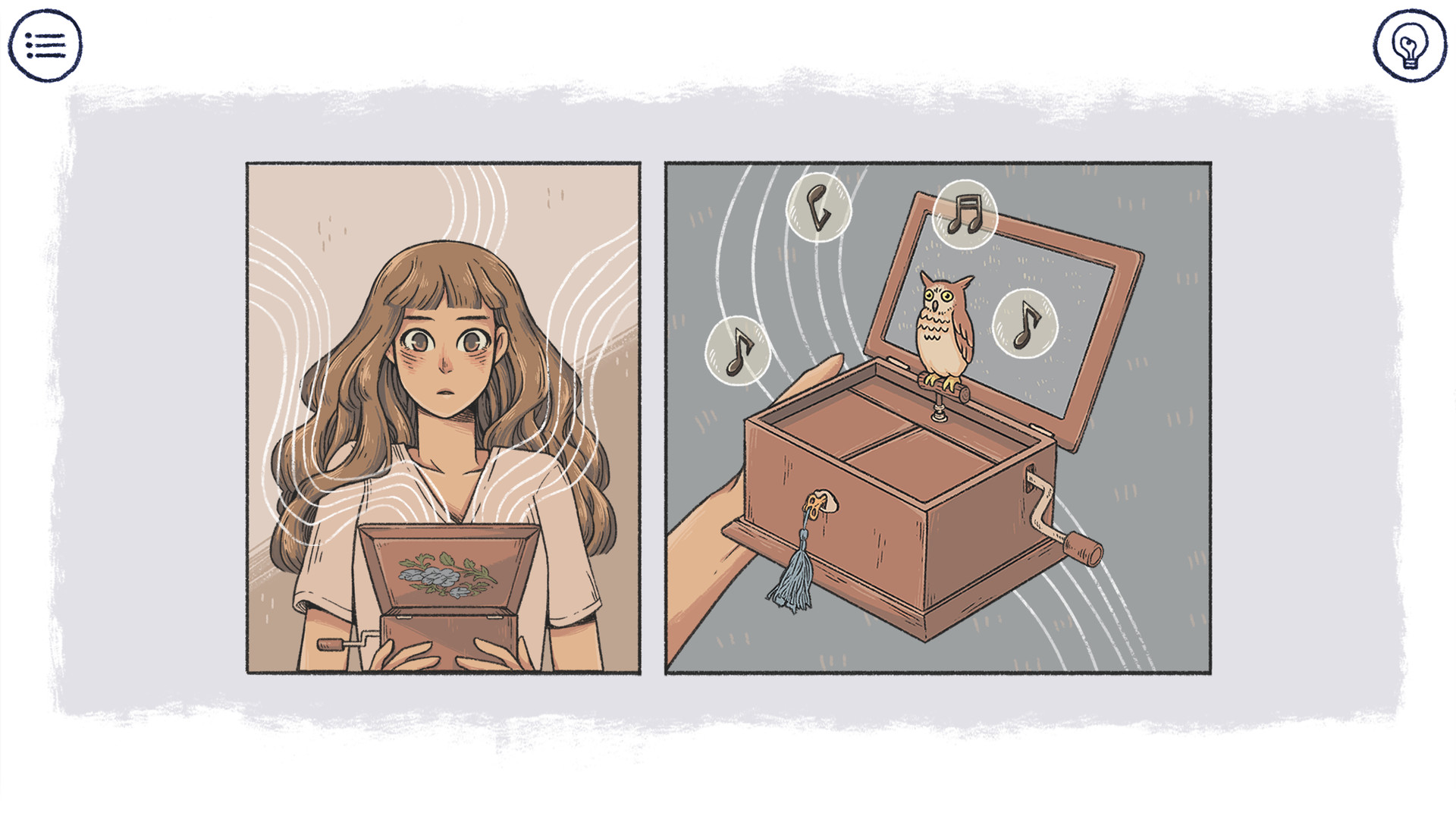
When the Past was Around’s pencil-drawing style will appeal to many, especially in the indie scene. It’s got a peaceful colour scheme, and a calming feel to it, even if the actual animations between still images left a lot to be desired. These are still images fading from one to another, rather than an attempt at frame-by-frame animation. It’s a shame, but it doesn’t really detract from what are generally lovely drawings.
The issues I had with the game don’t amount to much beyond simple preference. I would have liked more of a script, where currently the entire game is played out non-verbally. I wanted more tangibility to the relationship between Eda and Owl, and I feel this could have been achieved through more dialogue. Some may argue that its dream-like quality and the transcendent love moments when Eda is floating on air, are not enhanced by dialogue and may even have been hindered.
It’s also a very short game and will take most players only around 2 hours to reach the credits. It’s lovely while it lasts, but if it were longer, and more in depth, I feel it would then have needed more to latch onto as a player, such as dialogue. Clearly this wasn’t the direction the developers wanted to go, preferring something shorter that preserves its dream-like state for that much time only.
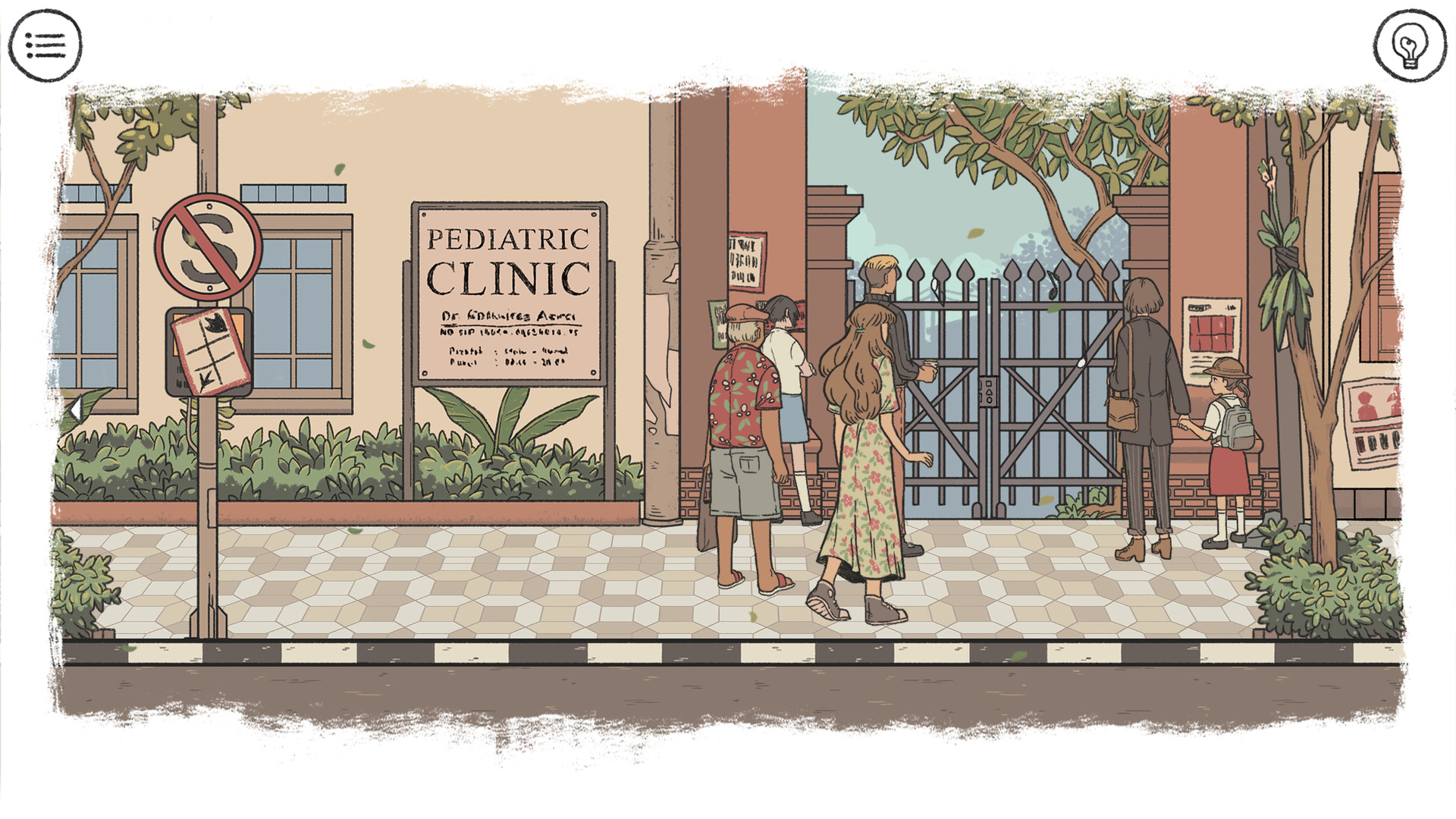
When the Past Was Around is an artistic and dream-like story, that tackles more than just a simply romance, making itself memorable and worthwhile. It deals with loss, and the aftermath of death on those left behind, trying to cope with the absence of a loved one. It deals in visual representation of emotion and magical realism which is rare in videogames.
At the same time, it is a relatively simple point and click, that doesn’t really do anything we haven’t seen before, and is not difficult to pick up and complete in one sitting. There is little in the way of challenge or longevity, but it will leave a lasting impression.
A dream-like point-and-click story of love and grief told through memory vignettes, When The Past Was Around is memorable but when you can finish it in a few hours, it feels oh so fleeting.

When the Past Was Around is available now on Xbox One (review platform), PS4, Nintendo Switch and PC via Steam.
Developer: Mojiken
Publisher: Toge Productions
Disclaimer: In order to complete this review, we were provided with a promotional copy of the game. For our full review policy, please go here.
If you enjoyed this article or any more of our content, please consider our Patreon.
Make sure to follow Finger Guns on our social channels –Twitter, Facebook, Twitch, Spotify or Apple Podcasts – to keep up to date on our news, reviews and features.
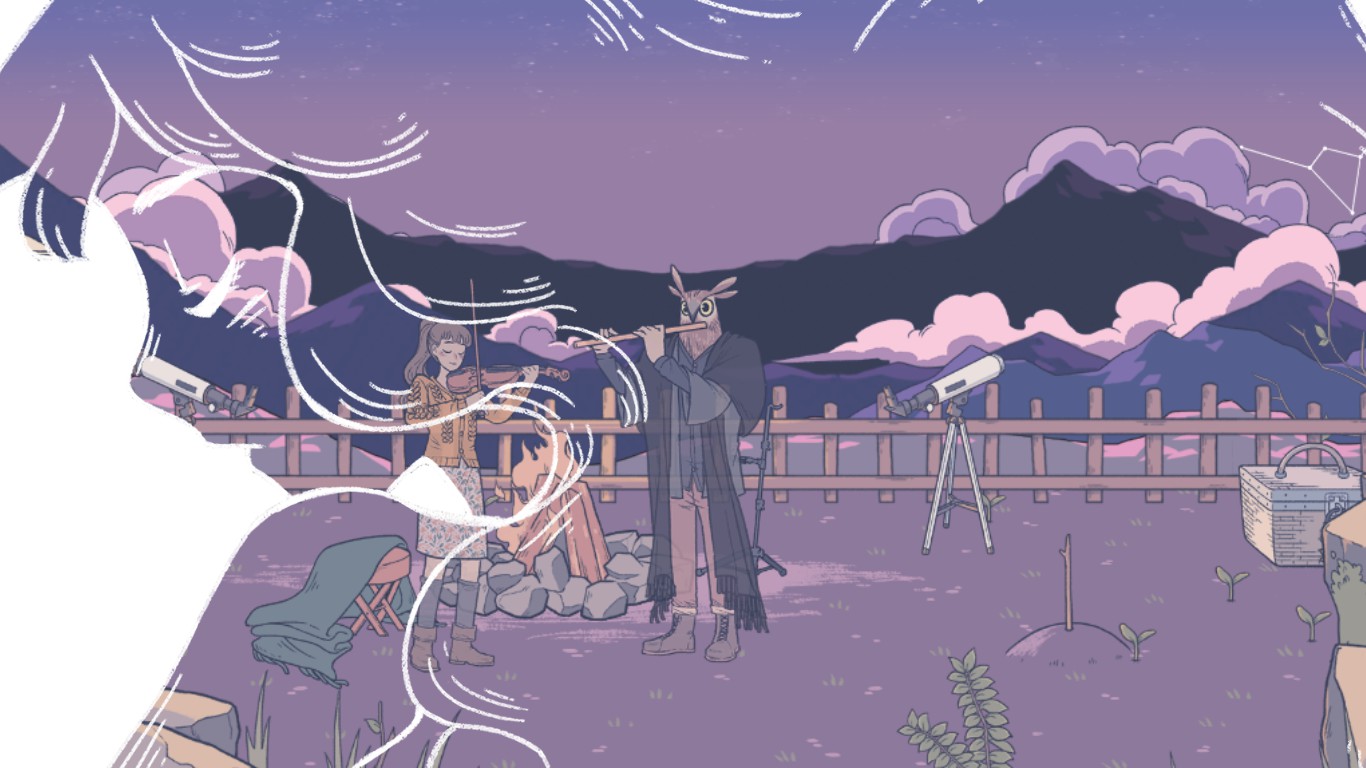
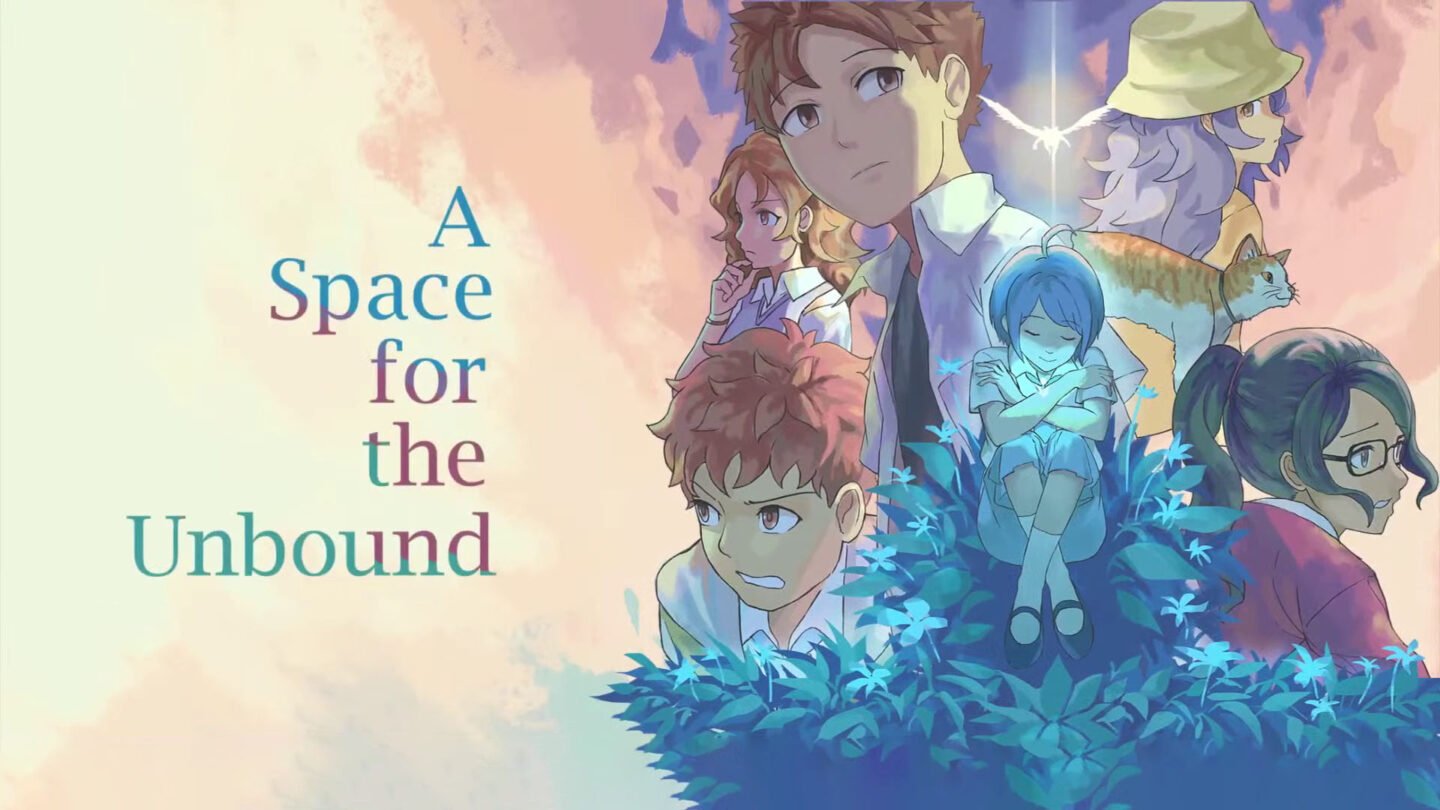
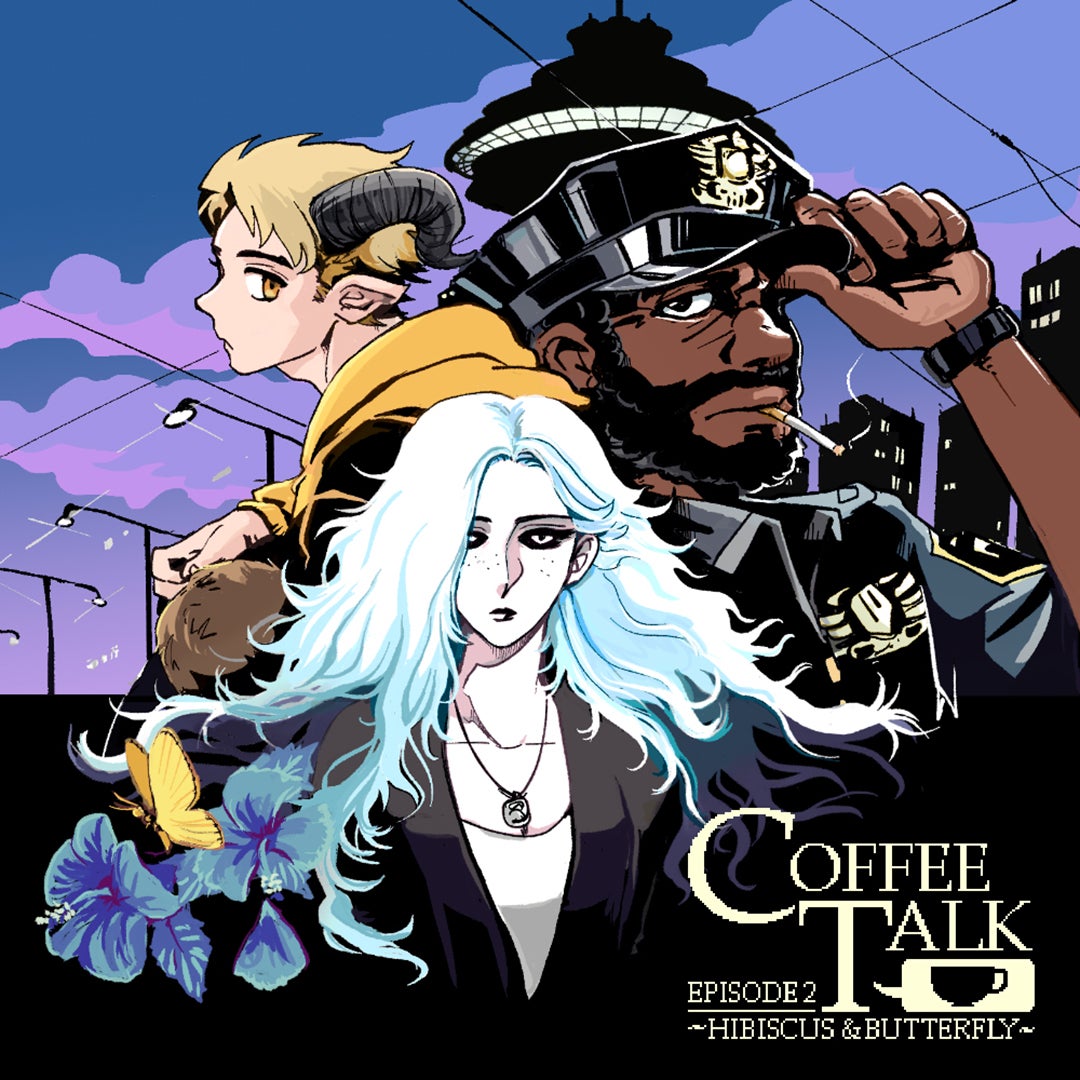

I just understand what they were trying to do,but this game didn’t do anything for me. And looking at the pics, why am I talking to a a guy with a bird head? Can we go back back in time and figure that out?